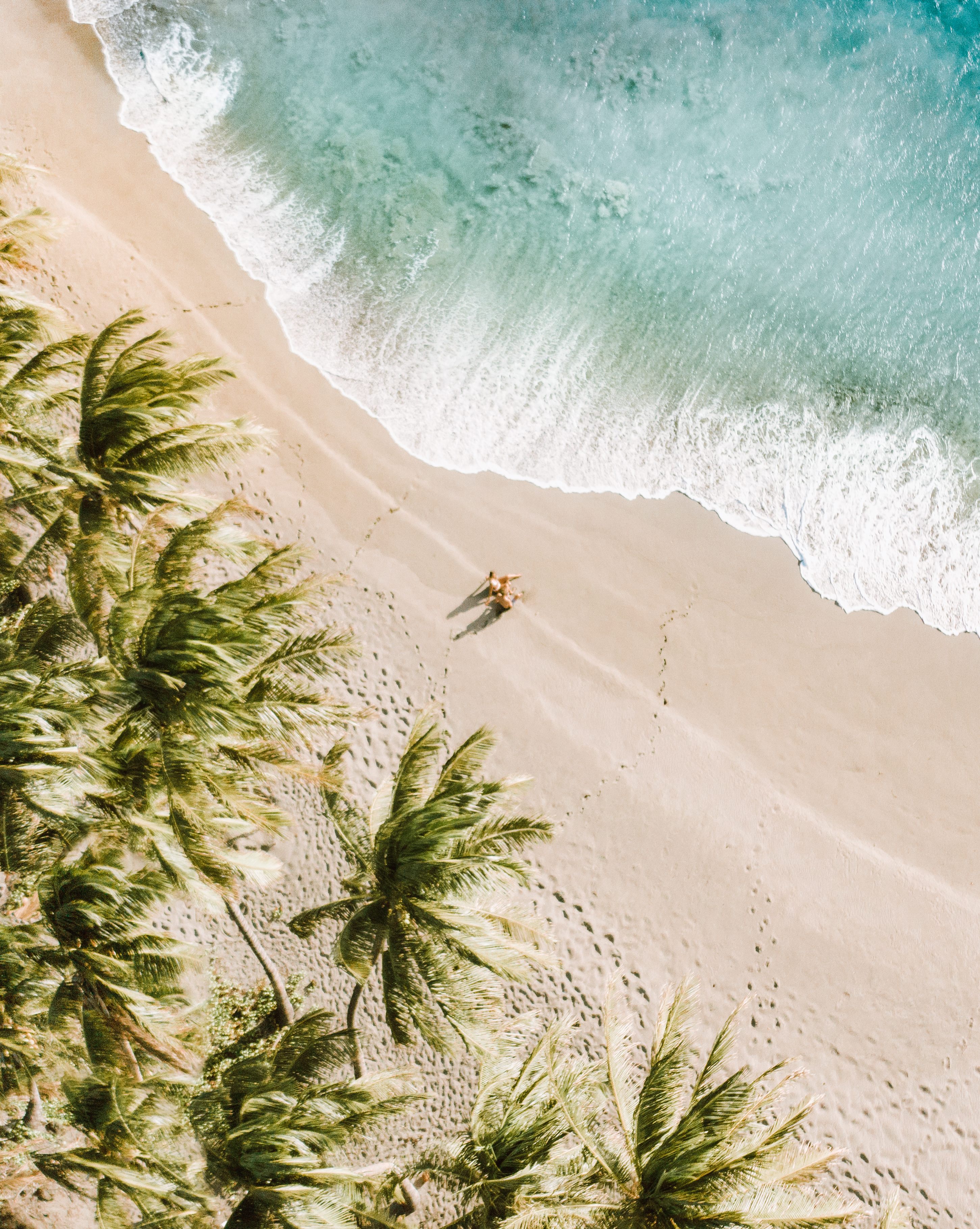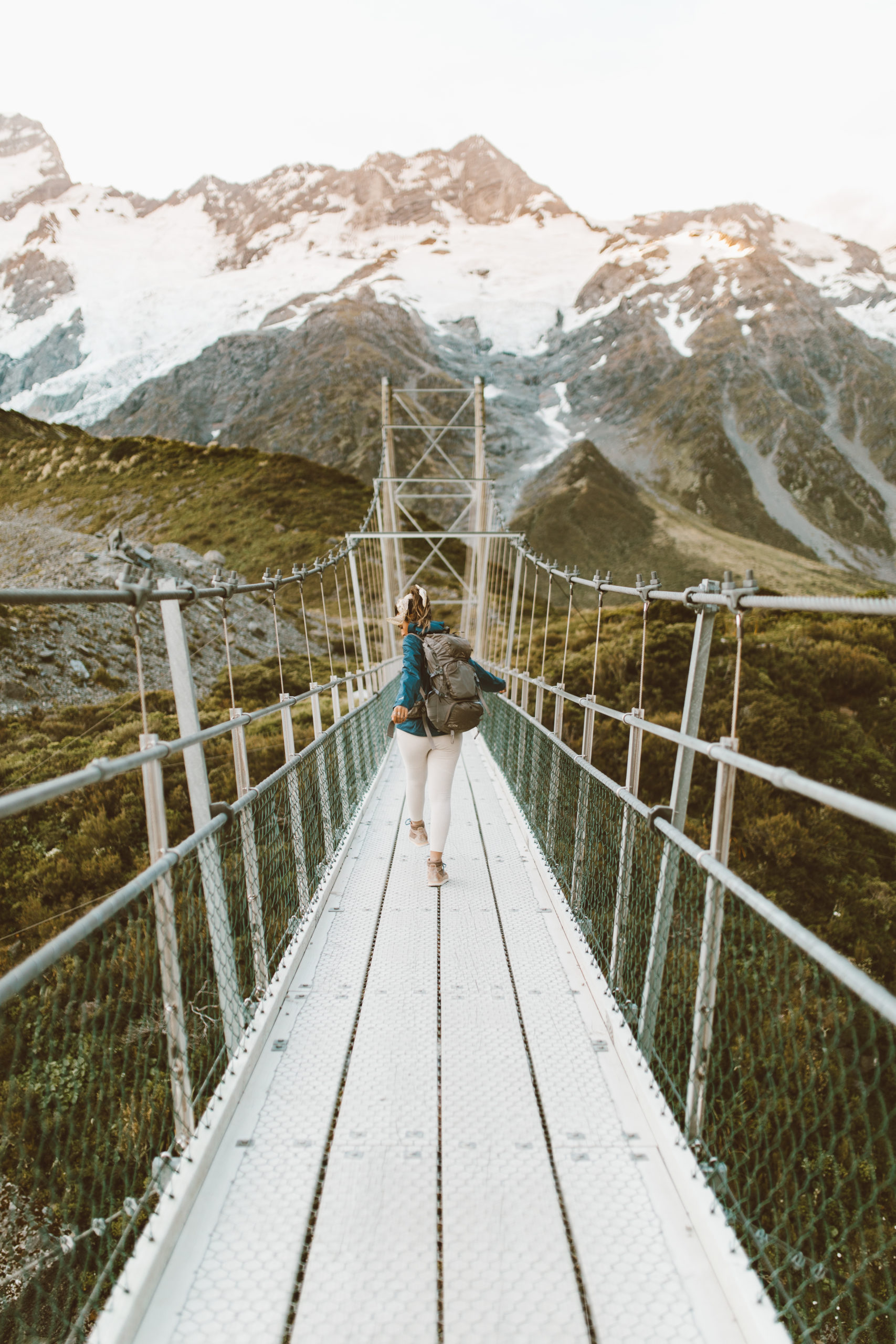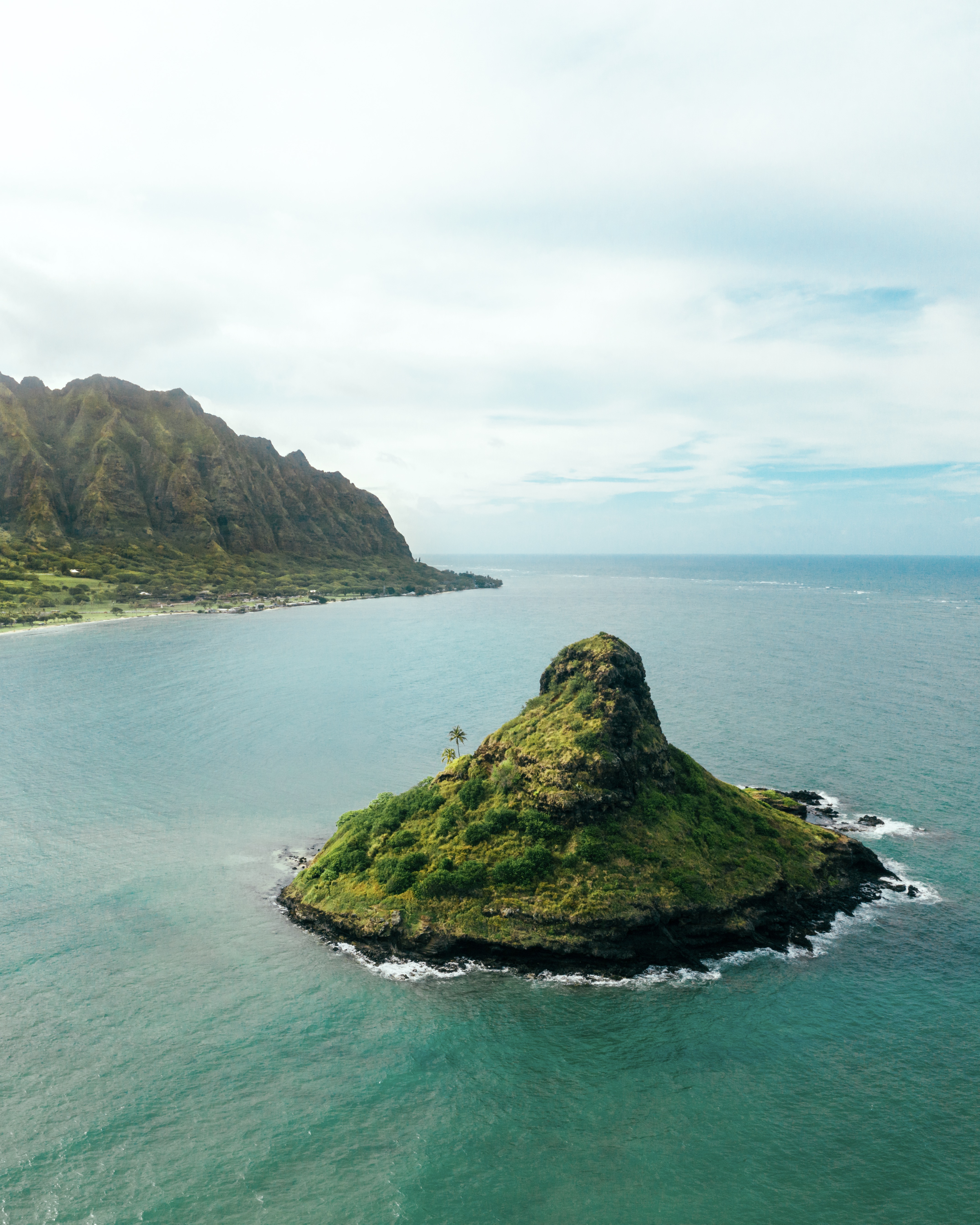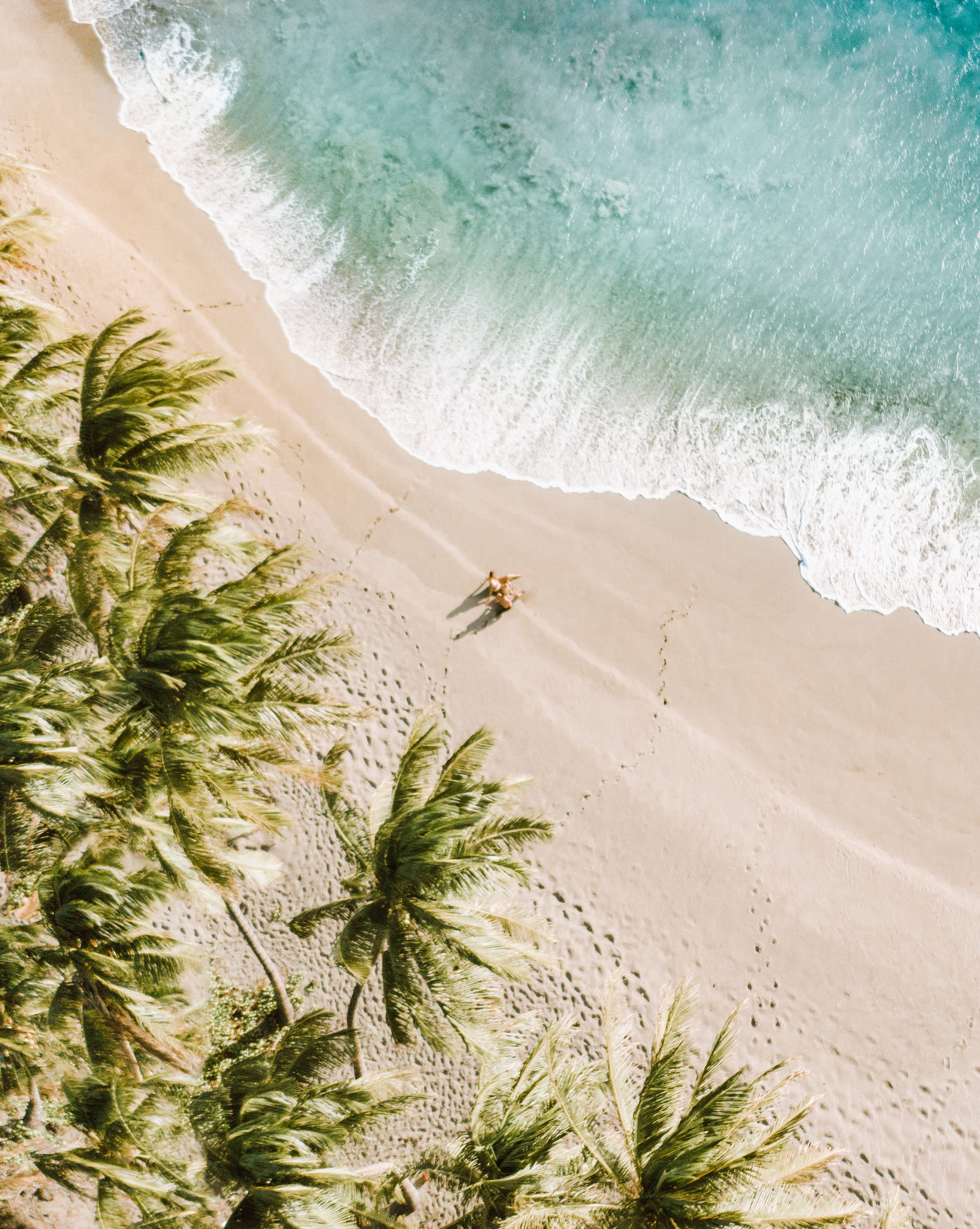
Sustainable travel is creating & participating in experiences that can be maintained long-term without harming natural and cultural environments. Sustainable travel should minimize the negative impacts of tourism and ideally be beneficial to the area in which it takes place.
Sustainable tourism is an industry that takes full account of its current and future economic, social and environmental impacts, addressing the needs of visitors, the industry, the environment and host communities. Ideally, this industry is committed to making a low impact on the environment and local culture, while helping to generate future employment for local people. The goal of sustainable tourism is to ensure that development is a positive experience for local people & ecosystems, tourism companies and tourists themselves.
If we are privileged enough to travel, we have the responsibility of traveling in a way that honors the earth we’re exploring & benefits the people/place/wildlife we’re visiting.

Here are a few things to consider:
1. Take Fewer Flights & Reduce Your Creation of Carbon
First of all, traveling & experiencing this world doesn’t have to mean hopping on a plane across the world. Learning to enjoy where you live like a traveler is an underrated way to experience this amazing world. My goal is to travel LESS but in a deeper, potentially longer & more intentional way.
If we’re flying, we’re adding a significant amount of planet-warming gases to the atmosphere — there’s no way around it. With the aviation industry producing 2% of human-induced carbon dioxide emissions and accounting for 859 million tons of carbon dioxide emissions in one year, one of the best things we can do for the environment is to start taking fewer flights. When you do fly, fly direct (non-stop) or with the least amount of stops possible.
Another thing we can do is to consider the carbon footprint of the airlines we are choosing. Instead of choosing the airline with the cheapest fare, opt for an environmentally conscious airline that uses biofuel, has plastic free flights, etc.
We have been mindful of our impact by a) traveling less, b) taking more non-stop flights & c) offsetting our carbon. What does that mean? Read on…

2. Offset Your Carbon
We can calculate the amount of carbon we’re creating on our trip (or for our entire year!) and then offset that amount (or more!) of carbon creation through reliable organizations like Cool Effect or Terrapass!
These organizations have a variety of ongoing projects (some surprising and unexpected!) that reduce the carbon pollution causing climate change. Some examples are: building biogas digesters for farmers in Vietnam, bringing renewable energy sources to Costa Rica, building improved cookstoves in Honduras, restoring & protecting our forests and oceans around the globe.
The first step is reducing our creation of carbon, the second is offsetting the carbon we do create. Offset your flights, land transportation & even excursions like helicopter/boat trips!


3. Bring Your Own Waste-Free Tools
The best way to avoid plastic/excessive waste while traveling is coming prepared with waste-free tools! When you have these, it’s so much easier to avoid unnecessary waste that we can easily create while traveling. Choose options that are reusable, biodegradable/have biodegradable packaging and EASY! Many of these things you have around the house & just need to bring with you – don’t fall into the trap that you have to go out and buy all of this new!
Here are some of my favorite travel tools that I bring along on trips:
- Reusable shopping bags (I also use the ones that come with my orders from Fair Seas Supply Co. & Vitamin A Swim)
- To-Go Coffee Mug (YETI, KeepCup, MiiR, Porter)
- Self-Cleaning Reusable Water Bottle
We love ours from LARQ – we can sterilize water with a click of a button in countries where the water is not safe to drink! - Reusable Straws & Reusable Utensils
- Stainless Steel To-Go Box
- Quick Drying Turkish Towels
- MicroFiber Filter/Laundry Bag
- Portable Solar Charger
- Bamboo Toothbrush
- Shampoo Bar and Conditioner Bar
- Deodorant & Biodegradable Wipes
- Reusable Makeup Remover Pads
- Laundry Detergent SHEETS or biodegradable PODS
Read More: Ways To Reduce Waste While Traveling
4. Use Public Transportation & Walk/Bike
This might seem like an obvious one but it’s so common for travelers to automatically book a rental car when they’re booking a trip! When traveling, use public transportation when possible & as much as possible. Both trains and buses are some of the lowest carbon-emitting modes of transportation (next to riding a bicycle) and a great way to see a place like a local! Also, consider using carpooling options like Lyft, Uber or BlaBla Car (in Europe) for short trips around the city.
A lot of places in the US & abroad have awesome bike-sharing programs that will help you reduce your carbon footprint while traveling. And walking is always a wonderful option! It will drastically reduce your carbon emissions & is a lovely way to get some exercise!
5. Choose Eco-Friendly Activities & Tour Operators
Only partake in experiences that are benefiting the local people, animals and ecosystems. We must consider the ripple effects beyond the pretty photos that are drawing us in! It’s easy to get caught up in the moment and choose an activity without researching its impact on the environment.
From riding elephants in Thailand to the ethics of whale shark tourism in the Philippines, it pays to make sure that your money isn’t negatively impacting the world. A lot of animal tourism is unethical, so if you DO want to see & encounter animals, research any activities involving them thoroughly before committing. Avoid anything that allows you to touch or ride animals, disturbs their natural patterns or that involve swarms of people. Consider visiting reef restoration projects, organic farms, rehabilitation centers, etc. and volunteering instead!
Research the operators and guides that you’re using. Responsible companies won’t promote or allow unethical experiences, will have a lot of experience in their field, will likely give back to the local community & support conservation projects.
Get to know local people and ask them what to see and do. By getting off the well-trodden tourist path, you’ll find some unique experiences that honor the place you’re visiting.
6. Book Eco-Lodging & Stay in Sustainable Resorts/Airbnbs
Invest your money in eco-lodging by booking sustainably built, innovative & eco-friendly resorts and Airbnbs. Whether you’re on a budget or looking to splurge, there are accommodations around the world innovating & reducing their impact on the environment. And the more the demand grows for environmentally conscious accommodations, the more we influence other properties to shift their practices!
Here’s what you want to look for in an eco-friendly hotel:
- Utilizes renewable energy sources
- Has eliminated single-use plastic
- Actively reuses materials & practices recycling (preferably on site)
- Reduces water usage & brings attention to linen reuse initiatives
- Uses non-toxic, environmentally-friendly cleaning/gardening products
- Gives back to the local community and environment
- Actively committed to becoming a carbon neutral business
- Offers locally sourced food and/or has veggie gardens on property
- Uses energy-efficient lighting
- Has gone paperless (or reduced their use of paper in offices)
- Integrated sustainability into the architecture of the hotel
- Cuts down on food waste (& bonus if they compost!)
To save time finding eco-friendly hotels, you can use websites like EcoBnB, BookDifferent & GreenHotels (the site is in need of a facelift but the directory is cataloged by destination & super helpful!).
Also, consider looking for accommodations on Airbnb & finding a host that’s mindful of the above!
If you already have hotel booked for your trip, that’s okay! You can reduce still your impact by refusing single-use plastic anything, turning off the lights when you leave the room, taking shorter showers, not laundering your towels everyday and keeping the thermostat in your room at a reasonable temperature.
7. Support Local People & Businesses
Bypass travel agents and avoid booking tours and activities online before you go. Booking locally means the operator or business is making most if not all of the money you pay. Also, avoid mass-produced souvenirs (they’re often made in factories with terrible conditions) and instead purchase something unique directly from the maker.

8. Eat Seasonally, Locally & Sustainably
One of the best parts about traveling without a doubt is the food. It’s a phenomenal way to experience & better understand other cultures and destinations. Although, not all food experiences are sustainable!
The sustainability of food is a complex topic and it’s scary to realize how our food network works globally. The best way I know to participate is to eat organically farmed, locally sourced food that is in season & supports the community we’re visiting.
Many of the places we have traveled to import 50-90% of their food and sadly, many resorts do not support local farmers which means that the food has a massive carbon footprint. We love to stay places that support farm to table dining or where we can make out own food.
When shopping around the world, I try not to look for/buy the staples I might be used to at home. Instead, I want to seek out foods that are in season where I am and grown close to where we’re visiting. We love to visit roadside stands and local markets when we travel.
Also, keep the same standards for food that you would at home in mind. Where is it sourced from?
Is it farmed/caught sustainably?
Is it pumped full of toxic pesticides/antibiotics/hormones?
Take a moment to ask the origin of the items you are buying, ask restaurants if they source their ingredients locally & ask locals where they like to eat.
Something to also consider is that many traditional foods are actually not sustainable. For example, whale meat is still commonly consumed among tourists and locals in Iceland, like shark meat in China & Brazil and monkey meat in parts of the West Indies. These animals are endangered and by supporting these industries, it fuels the demand for unethical hunting and negatively affects the populations of these animals and the ecosystems they belong to.
A wonderful resource to become more informed in this matter is the World Wildlife Fund’s SASSI list. You can search for any seafood, and the website will tell you if it’s a sustainable choice or not.
Other things to keep in mind when traveling are:
- Reducing your meat consumption & eating plant-based meals
- Refusing single-use plastic bottles
- Getting your food & coffee ‘to stay’ to avoid takeaway containers
- Bring your own to-go mug & containers for takeaway meals

9. Refuse, Reuse, Reduce then Recycle
No matter where we travel in the world, we need to be mindful about our consumption of the Earth’s precious resources. As Americans, we make up 5% of the world’s population yet we consume 24% of the world’s energy.
Here are some of the ways you can reduce the amount of waste you make when traveling:
- Always use REEF-SAFE SUNSCREEN
- Be mindful of your water and electricity usage
- Bring the tools above to help you avoid unecessary waste
- Always remember your reusable water bottle & avoid plastic cups on the plane, upon check in at hotel, while out to eat, etc.
- Use your own headphones instead of using the single-use plastic-covered ones offered on flights
- Bring reusable bags to use for purchases at shops
- Avoid plastic at all costs because sadly only 9% of all plastic EVER MADE has been recycled. Recycling is not the answer so it’s much better to just refuse & reduce our reliance on plastic rather than relying on the recycling system.
- Properly dispose of any waste you do create
- If you’re traveling to the ocean, use your reusable bag to pick up any marine debris, trash or micro-plastics you encounter on the shorelines
We can all do something to reduce our environmental impact while traveling.
Hopefully, these tips have given you some ideas on what you can do to travel more mindfully & consciously!




















Read the Comments +
add A comment